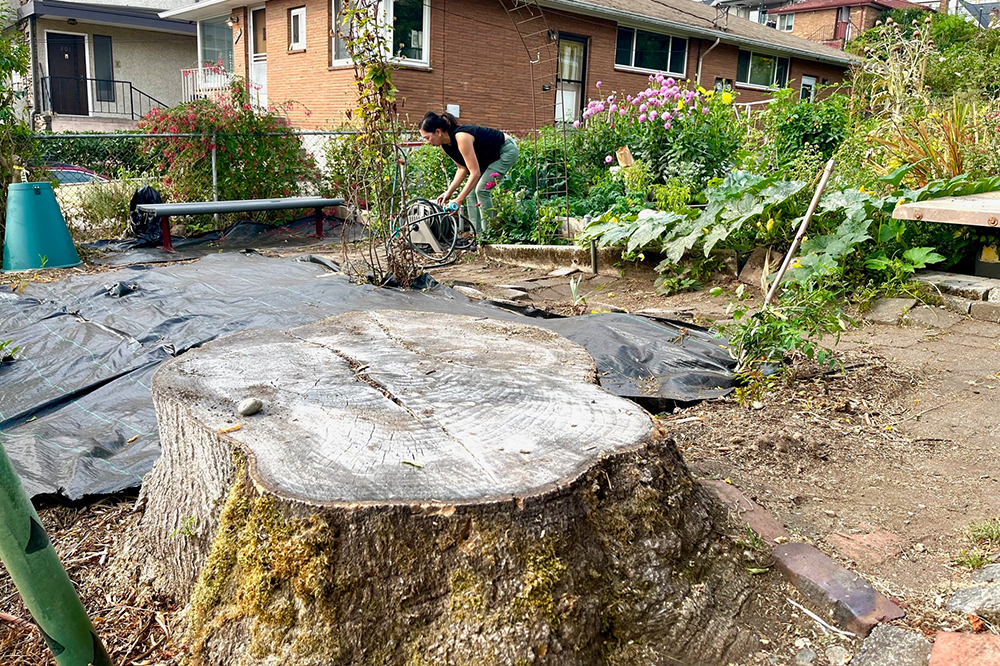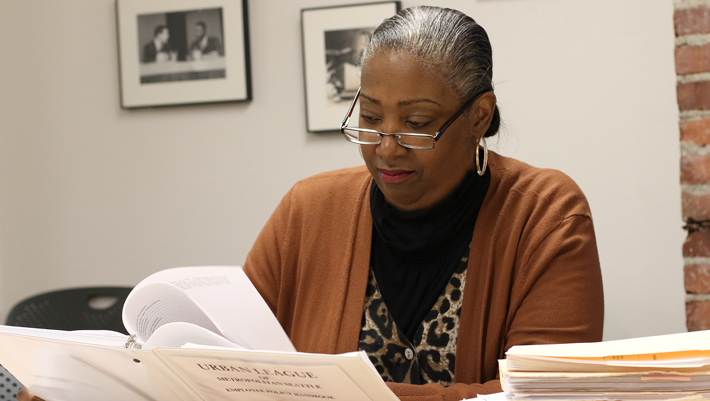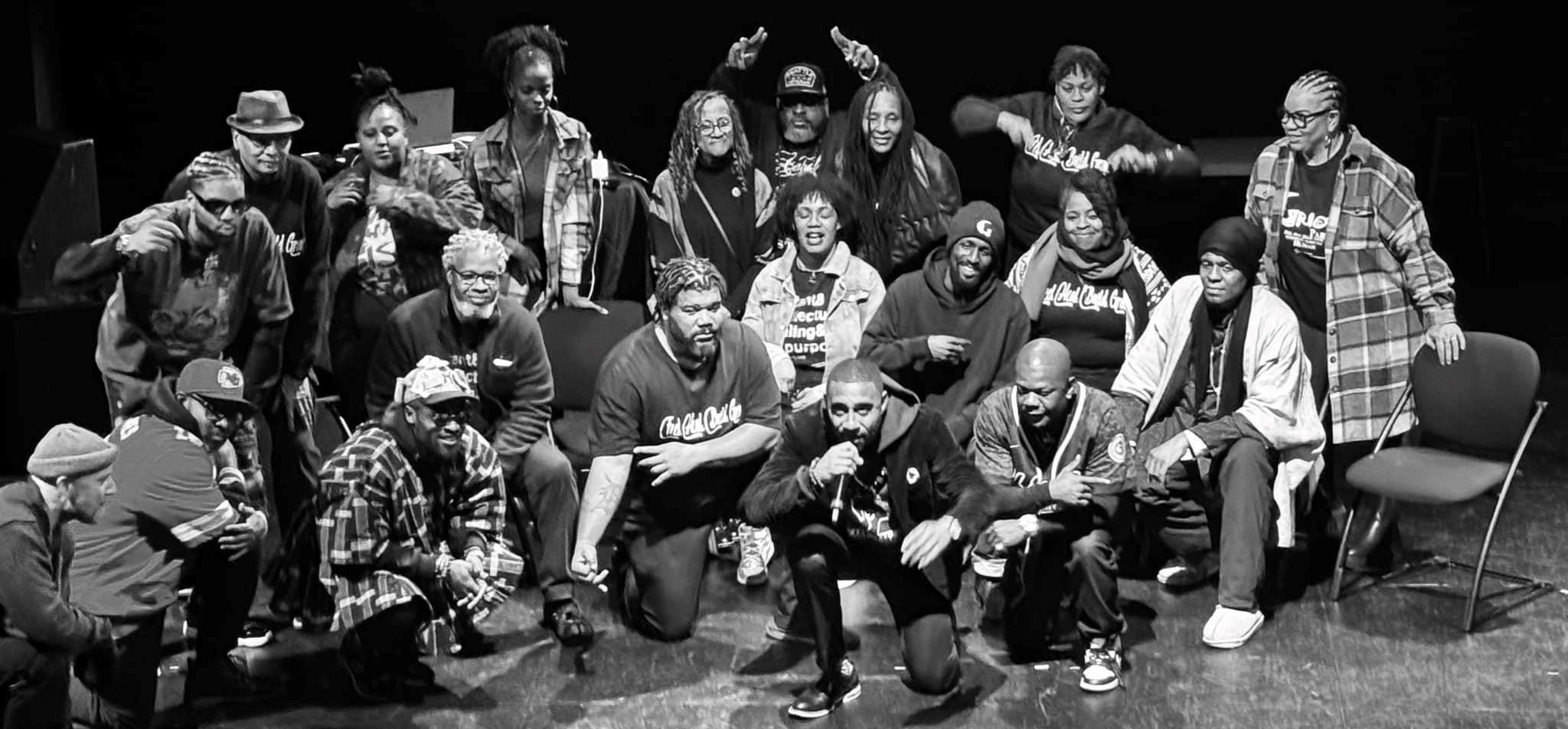
Thuy-Van Vu, Fremont P-Patch
How long have you been gardening at Fremont P-Patch
I’ve only been here for a little over a year. I had a plot here years ago, but my son was really little, and it wasn’t the right time to get invested in a garden. We had a rooftop garden, so he could still pick tomatoes off the vine when he was young; it was very important to me that he knew you could grow your own food. I reapplied for the garden after he was a little older and was put on the waiting list. I got the message that my name came up for a plot during the pandemic, a couple of weeks after I had quit my job. It was perfect timing!
How did the garden help you get through the hard days of the pandemic?
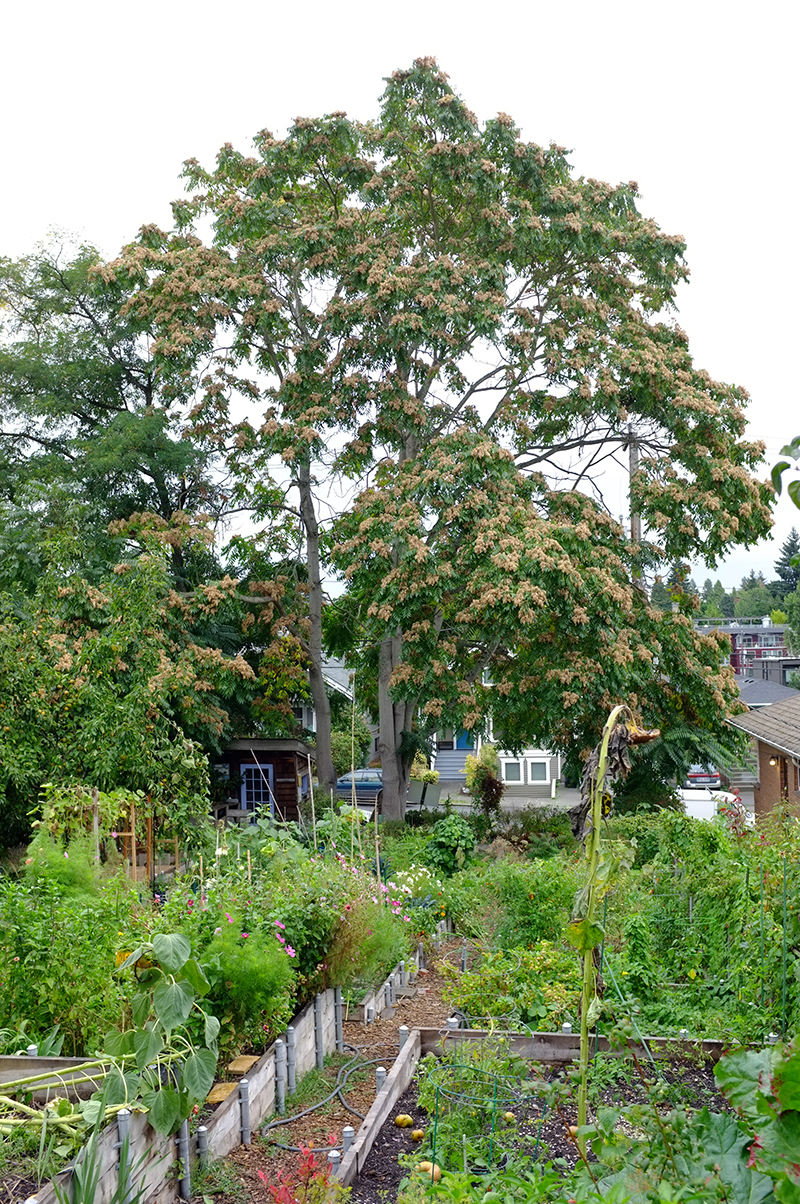
We live in an apartment building with casement windows. They only crack open about four inches so, I felt like I just needed air! After being cooped up and not having another space to go to, it was amazing to do something with my hands and be outside and just have a beautiful place to think. It provided a great break to my pandemic life. Right after I got the plot, I visited the garden with a friend who had studied botany and she brought to my attention that the two nearly 80-foot trees by the entrance of the garden were weed trees. I figured out what they were, Ailanthus altissimas, also known as trees of heaven. They are noxious weeds in King County, and they covered the garden from the street – you could hardly see the garden at all. She also noticed some widowmakers (detached or broken tree limbs), but they were too high up to do anything about. After she pointed them out, I stopped letting my son come here and I realized that if I didn’t want my son to be at the garden, I didn’t really feel comfortable with other gardeners bringing their kids around, or neighbors, or anyone else! That was one of my projects that I got into when I first joined. Being an artist, I’ve worked for non-profits, and I’ve applied for grants. I thought, “let’s see what we can do.” I knew the Department of Neighborhoods had some community grants and I found out that the Fremont Neighborhood Council had some money they wanted to give away to P-Patches. So, we were able to get a risk assessment which uncovered that the trees were hazardous and towards the end of their life and really needed to come down. Most of the gardeners were on board, so we started raising money. It was a long process. We started getting quotes in August [2021] and they finally came down in April [2022]. When the tree service came out, the arborists were on these huge lifts and it took all day. It was definitely my pandemic project while I was unemployed!
Wow that’s amazing! How has the removal of the trees helped the garden/gardeners?
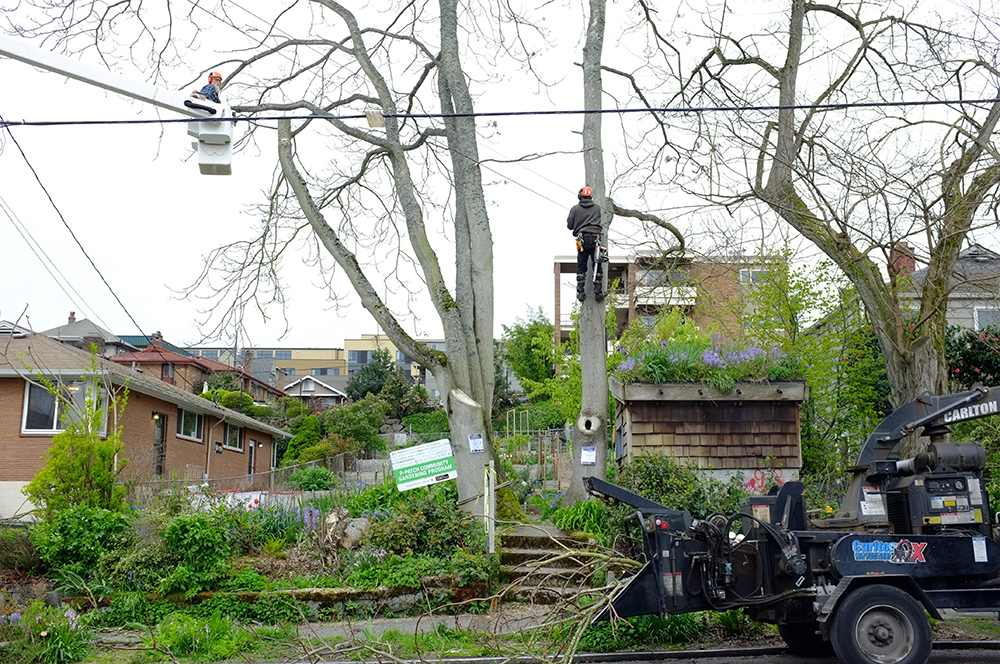
The garden is much more visible from the street. There are a few plots that have really benefited. The trees significantly limited what could grow, do to the amount of shade. The problem with Ailanthus altissimas are non-native and allelopathic – they release toxins to nearby plants and crowd out native species. They just aren’t good for our ecosystem. They can shed over 300,000 seeds a year and they grow very quickly, like over ten feet in their first year! We recently cleared the front and we’ve been thinking about ways to make it pretty, but also provide an opportunity for people to learn about native plants and our local ecosystem. There is a lot of concern right now about the loss of native species in Washington state. Even though we are just a tiny garden, I think it’s important to be part of that conversation and show that we care about what we are putting down. When I think about those trees, I think “what do we want the neighborhood to look like over the next 50 years?” Do we want little baby, evil trees around everywhere? Because they will establish a grove, even though there are houses here, they find little spots to pop up.
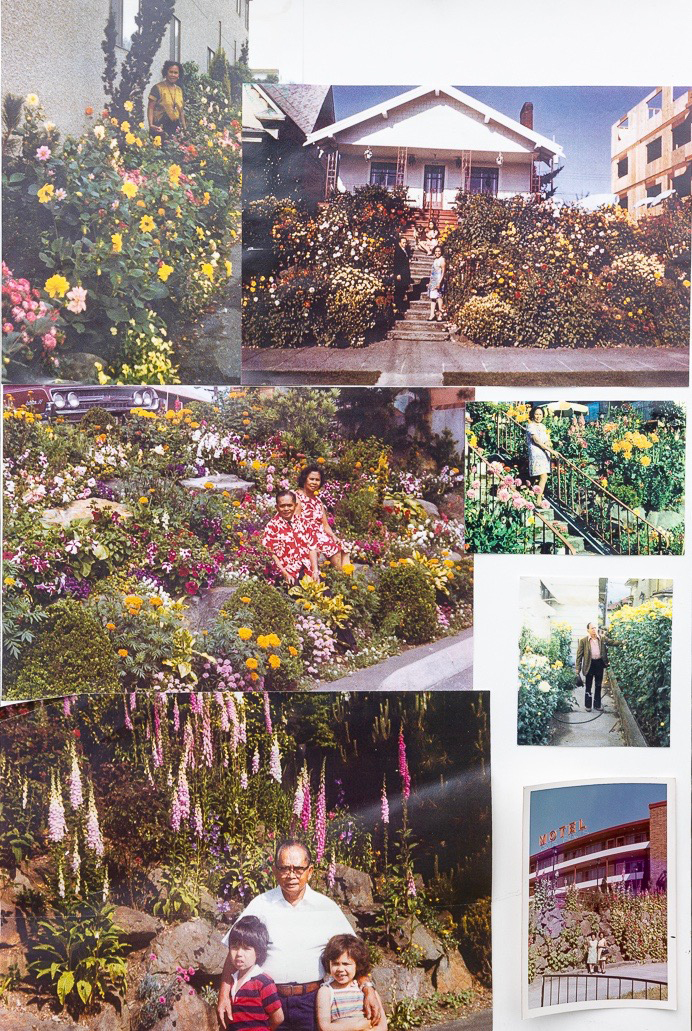
We had a community event after the trees came down and it provided an opportunity to connect with the Laigo family. This garden, this land used to be owned by Mariano and Genevieve Laigo. After they passed, family members opened the land up to be used as a community garden in their honor and eventually sold it to Friends of P-Patch for a fraction of the cost so neighbors could continue to garden here. The Laigo’s owned a restaurant (Ida & Gene’s) and sold flowers to a lot of businesses in downtown Seattle. Their garden had a huge presence in the community. I connected with their granddaughter and grandson, and they came with friends and family and even brought boards with photos that were on display from the original garden dedication of Mariano and Genevieve and their flowers and greenhouses. It was nice to just bring attention to that history.
Speaking of community, how has being part of the garden helped you connect with community and neighbors?
There are individual plots here, but also, this is a community space. It’s been really great getting to know the gardeners here. It’s nice sharing knowledge. I love that you when you plant something, in anticipation – you don’t know if it’s going to work out. But then, when something fails, it’s interesting. It’s not the end of the world. You just try to figure out what’s going on, and at the garden, there are opportunities to figure out these problems collaboratively. We all play a role in these natural processes that are interesting to learn about. Gardening provides an interesting way of interacting with nature and being reminded that you have to pay attention.
Working in the garden also helped me find my current job. I’ve been thinking about sustainability and how to do more in support of the environment. I think a lot of people are thinking more about the environment and climate change these days, but after becoming involved in the tree project and learning about invasive species, I started looking at companies that do environmental consulting and I ended up finding a job with a geotechnical engineering firm. It’s really interesting and different from what I did before, and I get to learn about things I’ve developed an interest in due to spending time at the garden during the pandemic.

